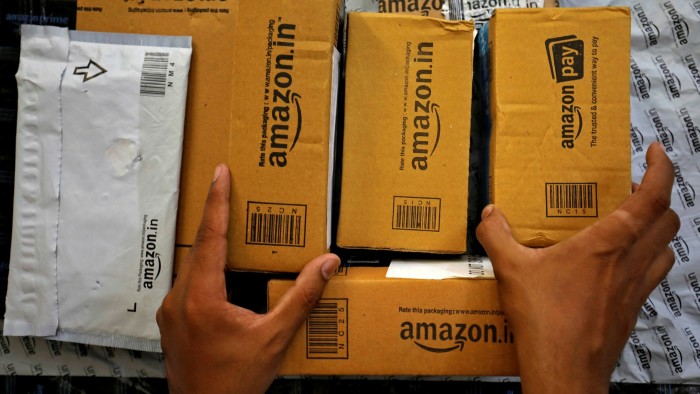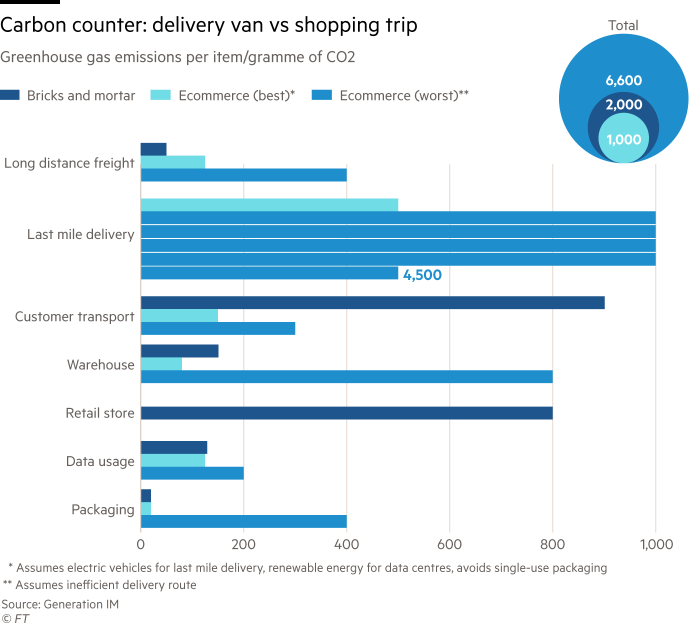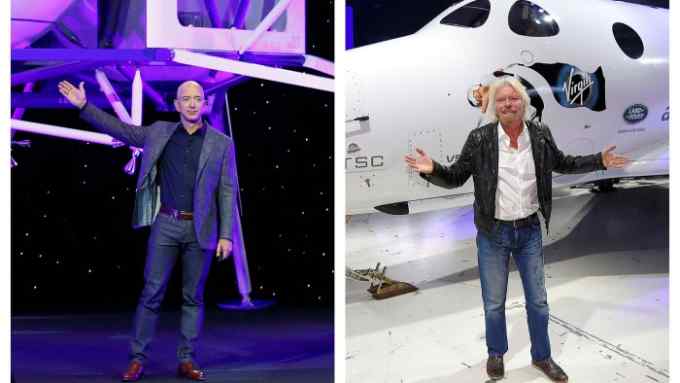Carbon counter: delivery van vs shopping trip

Roula Khalaf, Editor of the FT, selects her favourite stories in this weekly newsletter.
Carbon counter is a series of Lex articles estimating the climate cost of different lifestyle choices. The other articles are here
Should an eco-friendly shopper opt for bricks or clicks? Conflicting opinions abound. Shopping online is inherently more carbon efficient than going to the store, Amazon wrote in its 2019 shareholders’ letter. But a study published last year found that pure-play online retailers had double the climate impact of traditional retailing.
Increasingly, though, online will have the edge as retailers make the energy-intensive last-mile stage of deliveries more efficient. Using optimistic assumptions, carbon emissions per item would be about 1kg, about half that of a bricks-and-mortar retailer, according to analysis by fund manager Generation Investment Management.
That benign outcome is not guaranteed, of course. If fewer parcels are sent on a longer delivery route, online sales could have carbon emissions per item of 6.6kg — more than three times that of a traditional retailer. The consumer can contribute to the problem by being out when the courier calls, demanding speedy delivery or using the “free return” option.

Bricks-and-mortar retailers tend to be more carbon intensive because of the energy used by stores for lighting, heating and cooling. That could amount to more than 800g per item. Customer transport is a big factor too. But a lot depends on whether shoppers are making a special trip, how they travel and how much they buy.
The length of the shopping list has a big impact on per-item emissions, determining how far emissions generated by the shopper’s trip can be spread across multiple items. A trip to a traditional retailer to buy 2.5 items would generate 18 per cent more emissions than shopping online with a moderately efficient operator. That would generate 1.7kg of carbon per item on average, using Generation Investment Management’s base case.
But if the number of purchases were doubled to five items, the balance would be tipped in favour of bricks and mortar. The eco-credentials of traditional retailing are also boosted when a trip to the shops is done on foot, by bus or combined with other activities.
Still, online shopping will generally be a greener option than driving to the store for just a couple of items. Somebody who does that three times a week could save about 2kg of carbon a week — the equivalent of two hot baths — even by switching to an averagely efficient e-retailer.
Bundling orders, minimising returns and avoiding rush shipments would all make a difference. As, of course, would buying less.
Climate Capital

Where climate change meets business, markets and politics. Explore the FT’s coverage here

Comments